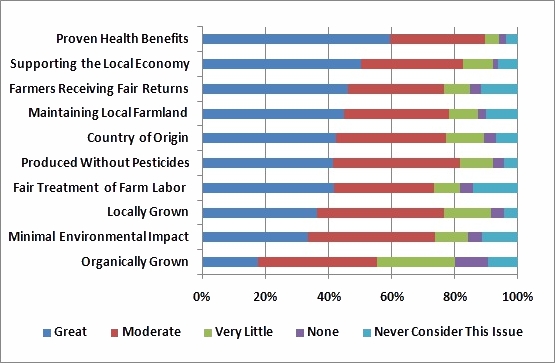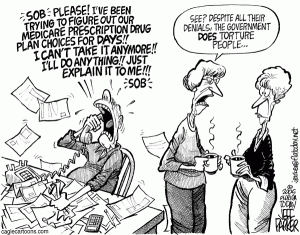I recently discovered the excellent blog “New Voices for Research,” and I recommend it to you. The blog is produced by the organization Research America, a group that advocates for research on health and includes many universities and other science-based organizations. There is a section on the web site called “For the Public” which has a number of terrific resources, including a set of fact sheets demonstrating the way research saves lives and money (each sheet covers a specific health problem, ranging from suicide to pain to global health.
But back to the blog. The writers take on important issues, but do so in reader-friendly blog style. They are doing a series of posts called “Chemical Exposures and Public Health,” which so far has covered the following topics:
Part 1 – From Interest to Passion
Part 2 – An Environmental Health Risk
Part 3 – Lead: A Regulatory Success Story
Part 4 – Something My Body Needs Anyway?
Part 5 – Obesity’s Elephant: Environmental Chemicals
Part 6 – Why Our Approach to Toxicology Must Change
 These posts are a good way to get people interested in this critically important topic, and one about which it is sometimes hard to find reliable information.
These posts are a good way to get people interested in this critically important topic, and one about which it is sometimes hard to find reliable information.







